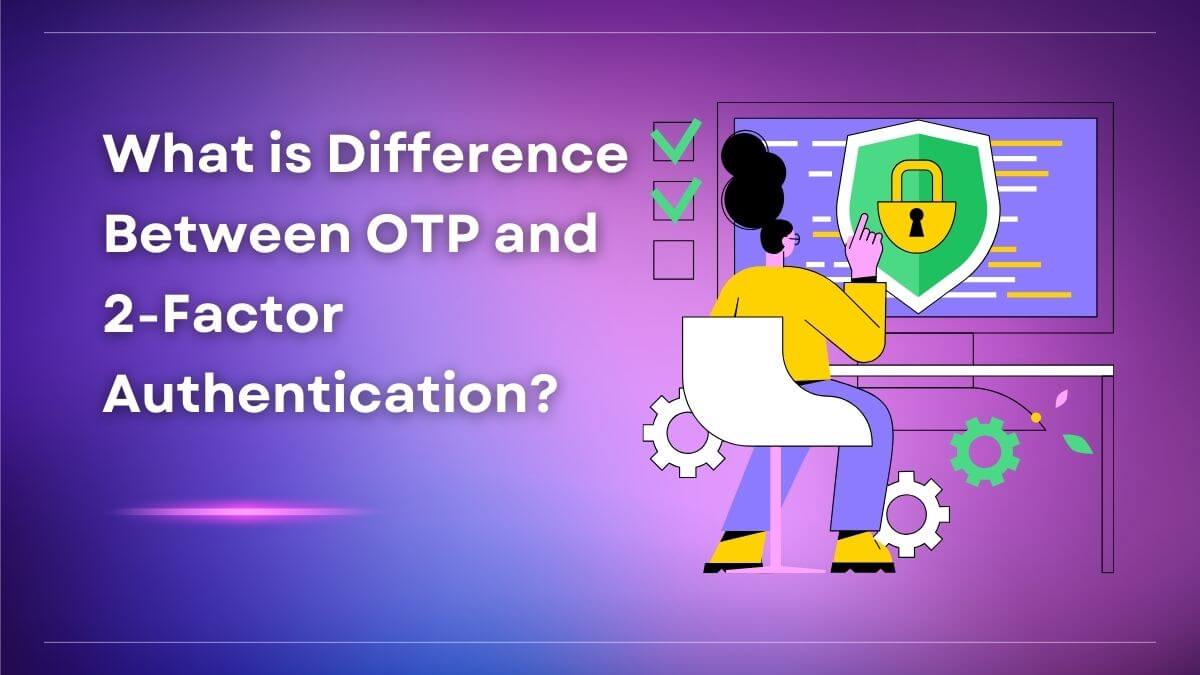What is a Brute-Force Attack and How Does it Work?
A brute force attack is a trial-and-error method hackers use to crack passwords, encryption keys, or access hidden data.
A brute-force attack involves repeated access attempts as the application uses random letters, numbers, and character combinations.
Brute-force applications are designed to grind away at a server or data file by simply guessing usernames and repeatedly accessing a server.
A brute-force attack requires the server to respond willingly to repeated attacks. Depending on the speed of the systems involved, thousands of attempts can be made per minute. A brute-force attack is a rather unsophisticated attempt to try everything, including a dictionary file, a sniffer, and repeated login attempts.
How Does a Brute-Force Attack Work?
So, what exactly is a brute-force attack? In simple terms, it’s a method that involves systematically trying all possible combinations of passwords until the correct one is found. Think of it as playing a game of “guess the password” but with an automated tool doing the guessing for you.
One common technique used in brute-force attacks is the dictionary attack. This method involves feeding a list of commonly used passwords or words from the dictionary into the attack tool to crack a password swiftly. Another approach is the use of rainbow tables, which are precomputed tables of encrypted passwords that help attackers match hashes to their plaintext equivalents.
Examples of brute-force attack
An example of a brute-force attack is a hacker’s attempt to break a code using a combination of computers and information. Suppose a hacker responds to a challenge to decrypt a single message that has been encrypted by the RC4 algorithm and an asymmetric key.
To defeat this algorithm, the hacker resorts to sophisticated and extensive measures. He uses 120 workstations clustered together, two supercomputers, and information from three major research centres. Even with all this equipment, it takes him eight days to defeat the encryption algorithm. In fact, eight days is a rather short time to break the encryption.
Applications such as Grinder and Authforce are designed to conduct brute-force attacks against Windows 2000 systems and Apache Server, respectively. Many others exist. Brute-force attacks conducted against secure systems require a great deal of time and are often the result of desperation or great determination.
Many systems, however, are prone to exposure to such attacks, mainly because of inadequate security settings and policies. Brute-force attacks are often easy to detect because they involve repeated login attempts, and account lockout can be enabled as a strategy to defeat such attacks.
Brute-Force Attacks vs. Dictionary Attacks
The main difference between a brute-force attack and a dictionary attack is the number of attempts. A dictionary attack is a type of brute-force attack that works by attempting to look up or guess a word or a series of words in a list or dictionary to find the password. Most systems will block any attempt to guess the same password repeatedly. In a brute-force attack, the attacker attempts to enter the correct password as many times as possible to gain access.
While the number of attempts is a key difference between the two methods, many brute-force attacks use the same method as a dictionary attack. The brute-force attack typically works by testing every character in a series of passwords until the password is found or the limit of attempts is reached. Although the attacker may look at the list of passwords that failed authentication, it does not matter if they are correct or incorrect. The hacker does not care if they know the password is wrong, they will just keep trying. This is also the only type of attack that should be tried against any type of server.
Mitigating Brute-Force Attacks
Now that we understand the potential dangers of brute-force attacks, how can we defend against them? One crucial step is to use strong and unique passwords for all your online accounts. Avoid using easily guessable passwords like “123456” or “password” and opt for complex combinations of letters, numbers, and symbols.
Implementing multi-factor authentication (MFA) is another effective way to bolster your defences against brute-force attacks. By requiring users to provide multiple verification forms, such as a password and a one-time code sent to their phone, MFA adds an extra layer of security that can thwart potential attackers.
Conclusion
As we wrap up our exploration of brute-force attacks, remember that staying vigilant is key to safeguarding your digital assets. By understanding how these attacks work and taking proactive steps to protect yourself, you can confidently navigate the treacherous waters of cyberspace. Keep those passwords strong, enable multi-factor authentication, and stay one step ahead of the hackers.

